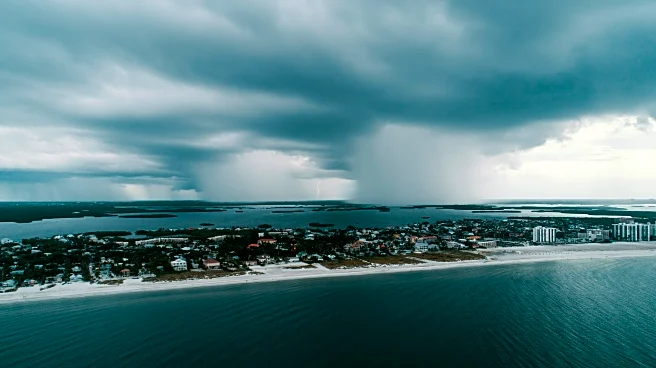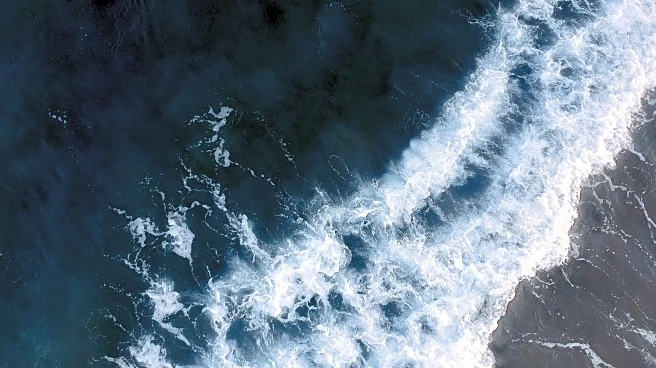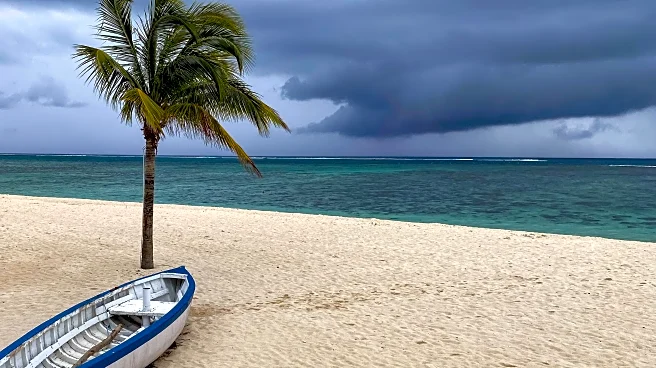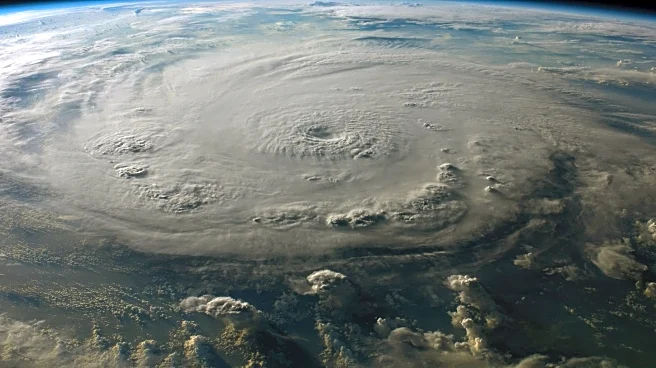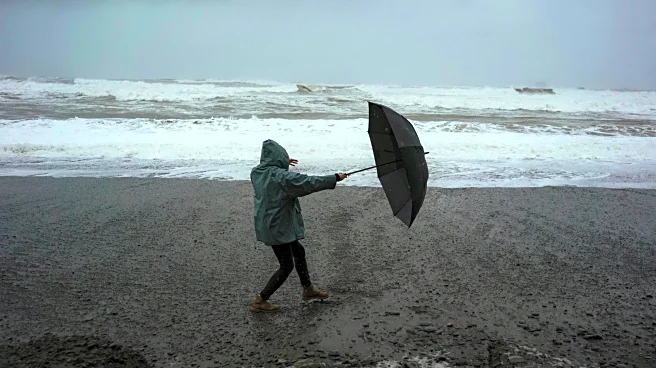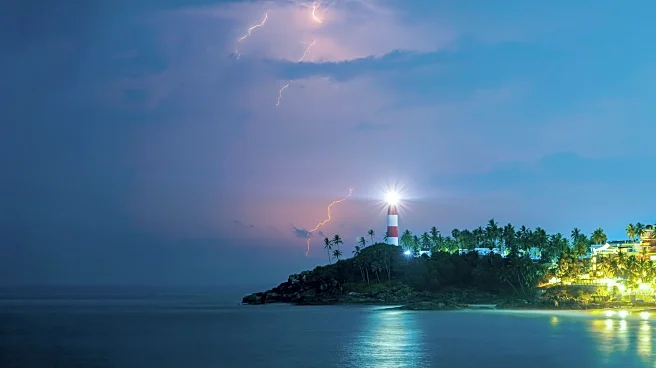What's Happening?
The Atlantic hurricane season has been unusually quiet, with no named storms forming in nearly three weeks during the peak season. This is only the second time since 1950 that such a lull has occurred. Factors contributing to this quiet period include strong vertical wind shear, dry air across the tropical Atlantic, and reduced rainfall in West Africa. Despite predictions of an above-normal season by the National Oceanic and Atmospheric Administration, only six named storms have formed so far. Experts suggest that conditions may become more favorable for storm formation in the coming weeks.
Why It's Important?
The lack of hurricane activity in the Atlantic is significant for regions typically affected by these storms, such as Puerto Rico, which is still recovering from Hurricane Maria. The quiet season provides a reprieve for areas vulnerable to hurricane damage, potentially reducing economic and infrastructural impacts. However, the unpredictability of weather patterns means that stakeholders must remain vigilant. The situation also highlights the challenges in forecasting and understanding climate dynamics, which can affect disaster preparedness and response strategies.
What's Next?
Meteorologists anticipate that conditions may become more conducive to storm formation from mid-September to mid-October. A cluster of storms east of the Caribbean is expected to develop into a named storm, although it is likely to remain over open water. Stakeholders, including government agencies and residents in hurricane-prone areas, should continue monitoring forecasts and prepare for potential storm activity. The ongoing analysis of atmospheric conditions will inform future predictions and preparedness efforts.



